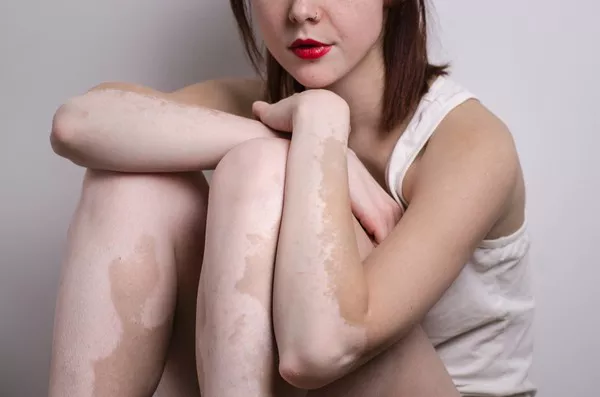Vitiligo is a skin condition characterized by the loss of skin color in patches. This condition can be distressing for those affected, leading them to seek various treatments and remedies. One such remedy that has gained attention is aloe vera. Aloe vera, a plant known for its soothing and healing properties, has been suggested by some as a potential treatment for vitiligo. In this article, we will delve into the scientific evidence to explore whether aloe vera can truly cure vitiligo.
Understanding Vitiligo
Before delving into aloe vera’s potential, it’s important to understand what vitiligo is and how it affects the skin. Vitiligo is a condition in which melanocytes, the cells responsible for producing pigment in the skin, are destroyed. This destruction leads to depigmented patches on the skin, which can vary in size and location. The exact cause of vitiligo is still not fully understood, but it is believed to involve a combination of genetic, autoimmune, and environmental factors.
Aloe Vera: Properties and Traditional Uses
Aloe vera, a succulent plant native to various parts of the world, has been used for centuries for its medicinal properties. The gel found inside aloe vera leaves contains a plethora of bioactive compounds, including polysaccharides, vitamins, minerals, and antioxidants. Traditionally, aloe vera has been applied topically to treat various skin ailments, including burns, wounds, and inflammation.
Potential Mechanisms of Aloe Vera in Vitiligo
The interest in aloe vera as a potential treatment for vitiligo stems from its reported immunomodulatory, antioxidant, and anti-inflammatory properties. Researchers speculate that these properties could potentially help in vitiligo by:
1. Modulating the Immune Response: Some studies suggest that vitiligo may involve an autoimmune component where the body’s immune system attacks its own melanocytes. Aloe vera’s immunomodulatory effects could theoretically help regulate this immune response.
2. Antioxidant Protection: Oxidative stress is believed to play a role in vitiligo progression. Aloe vera’s antioxidants could neutralize harmful free radicals and protect melanocytes from damage.
3. Promoting Melanocyte Growth: Certain compounds in aloe vera have been shown to stimulate melanocyte production. This could potentially aid in repigmentation of depigmented skin patches.
Scientific Evidence: What Do Studies Say?
While the theoretical mechanisms are promising, the scientific evidence supporting aloe vera’s effectiveness in treating vitiligo is limited and often inconclusive. Most studies conducted so far have been small-scale or animal studies, and human clinical trials are lacking.
Animal and In Vitro Studies
Several animal and laboratory studies have explored aloe vera’s effects on vitiligo. For example, a study published in the journal “Phytotherapy Research” in 2012 found that aloe vera gel promoted melanin production and protected against oxidative stress in melanocytes in vitro. Similarly, animal studies have shown that topical application of aloe vera extracts could enhance repigmentation in induced vitiligo-like skin lesions.
Clinical Studies
In terms of clinical research, the evidence is less conclusive. A small pilot study published in the “Iranian Journal of Pharmaceutical Research” in 2014 examined the effects of a combination therapy including aloe vera on vitiligo patients. The study reported some improvement in repigmentation compared to baseline, but the results were not statistically significant.
Practical Use and Considerations
Despite the limited evidence, some individuals with vitiligo choose to use aloe vera either alone or in combination with other treatments. If considering aloe vera for vitiligo, it’s important to keep the following considerations in mind:
1. Patch Testing: Aloe vera can cause allergic reactions in some individuals. It’s recommended to perform a patch test before applying aloe vera gel on large areas of affected skin.
2. Consistency: Like many natural remedies, results from using aloe vera may vary from person to person. Consistent and long-term application may be necessary to see any potential benefits.
3. Combination Therapy: Aloe vera should not replace standard medical treatments for vitiligo. Instead, it could be used as a complementary therapy alongside conventional treatments recommended by a dermatologist.
Conclusion
In conclusion, while aloe vera shows promise as a potential treatment for vitiligo due to its immunomodulatory and antioxidant properties, more rigorous scientific research is needed to establish its efficacy and safety. Individuals considering aloe vera for vitiligo should approach it cautiously, ideally under the guidance of a healthcare professional. As our understanding of vitiligo and aloe vera’s mechanisms deepen, there is hope that more targeted and effective treatments for this challenging condition will emerge.
Related Topics:


























